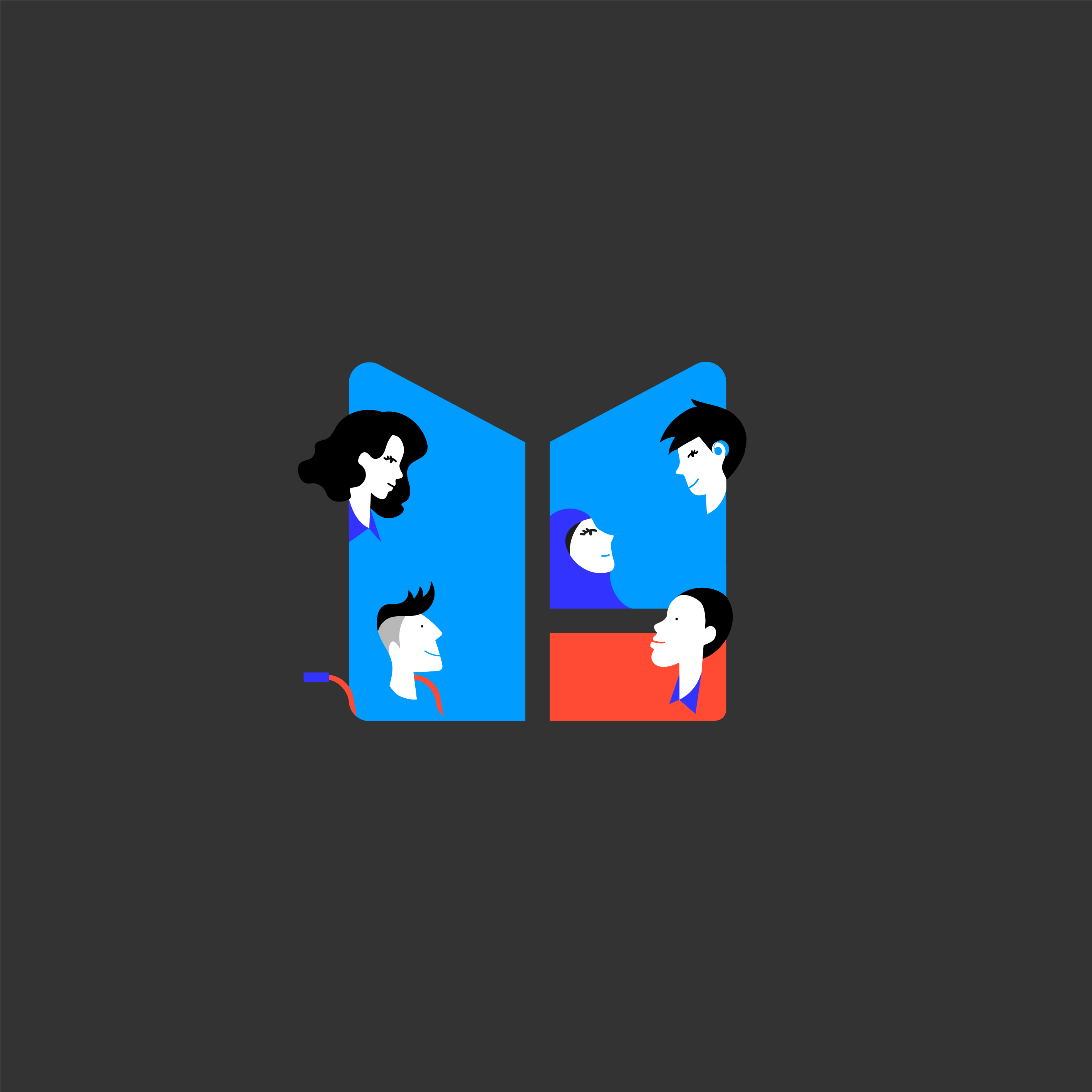Without Data Its Hard for Organisations to Know Where to Focus Efforts to Build Inclusivity
InChorus uses technology to ‘shine a light on bias to grow an inclusive organisation’. Previous experience in an HR tech company developed Rosie’s interest in technology apps making better workplaces. Diversity and inclusion formed a key area of her work, understanding the challenges and looking at existing technological solutions. Raj has start-up entrepreneurship and venture capital experience but found it unrewarding to ‘teach rich companies how to make more money’.
Improving an Organisation’s Diversity and Inclusion
InChorus works at an organisational and employee level. From an organisation’s perspective, it’s beneficial when employees can share problems before they become too big. Data collection enables organisations to pinpoint potential issues and analyse any relationships to workforce demographics. Without data it’s hard for organisations to know where to focus efforts to build inclusivity, meaning interventions can become random or ineffective.
How Does InChorus Work?
InChorus fits into the workplace toolkit, between employee surveys and whistleblowing policies. The InChorus app captures employees’ subjective experience of everyday incidents like bias, micro-aggressions, or bullying and harassment. Employees access the app through a login. It typically takes an employee between 45–60 secs to log any incident in detail. The logging process itself provides employee validation. The app also gives individuals access to specific resources. These could be educational, and self-help related, or signpost to more information internally or externally.
The app operates an incident typology, prompting the user to pick as many as are relevant. Different interactions are captured: non-verbal, gestural and verbal. The employee also logs whether they feel the incident is linked to any aspects of their identity. InChorus links these incidents to any protected characteristics the employee identifies.
The HR dashboard then anonymises and aggregates the workforce data collected through the app. This allows the organisation to see what is happening, where and when. Trends can be identified and measured to see if resulting actions taken are improving inclusion.
Reasons to Adopt
Some clients may not have specific problems in their organisations, but adopting the platform demonstrates concern for employees, fostering goodwill and wellbeing. Other clients need reliable information to analyse existing problems, eg the annual employee survey tells them the company struggles to move the needle on bullying.
InChorus captures insights and clarifies data around micro-aggression and bias.
Knowing the types of incidents and where in the organisation they occur means action can be targeted. Allocating resources to interventions becomes more effective because the organisation sees exactly what and where the problem is.
Turning a hunch into datasets allows HR to take the evidence to senior management and mirrors how other parts of the business work. Diversity and inclusion should be the same.
Workplace Culture
InChorus links everything back to workplace culture by embedding employee voice and feedback. Data helps predict where within the business problems are most likely to arise. Businesses can then react swiftly, formulate actions and shift the culture, particularly workplace bias which InChorus feels is a neglected area.
"